Are you on the hunt for a stock that aligns with a safe investing strategy but offers surprising opportunities? Let’s dive into PayPal Holdings Inc. (NASDAQ: PYPL), a company that has captivated the market’s attention for years. But beware—its potential lies not in what you might expect.
Why Market Reactions Create Opportunities
One of the remarkable aspects of PayPal is how market behavior can affect valuations. Investors often react impulsively to headlines, leading to overreactions and mispricing of assets. For patient investors, this is a golden opportunity to strike while the iron is hot.
Take PayPal's recent journey. As of now, the stock is trading at around $68 per share, compared to its peak of $295 in 2021. This steep decline could make some investors wary, but those who examine the numbers closely might find hidden value.
Key Metrics to Keep in Mind
Here’s a snapshot of PayPal's current metrics:
- Market Cap: $68 billion
- Beta: 1.5 (a slightly volatile stock, more sensitive than the broader market)
- P/E Ratio: 17 (reasonable valuation given current market conditions)
- Earnings Per Share: $3.99
These figures alone provide a solid base for understanding the company's potential.
Revenue Growth: A Tale of Stability and Evolution
PayPal's revenue trajectory is one of the most interesting aspects for investors. Starting with $9.2 billion in 2015, the company grew steadily to reach $31.7 billion recently. Even during its peak at $295 per share in 2021, revenue stood at $27.5 billion—less than where it is today.
Although growth rates slowed significantly after years of double-digit increases, PayPal’s market position remains formidable. It's clear the company has matured, and this slow growth should not alarm long-term investors.
Profitability: A Mixed Yet Positive Picture
On the profitability front, PayPal's net income and profit margins show a steady upward trend over time. The company posted a net income of $4.1 billion, averaging a net profit margin of around 14.4%. While there have been some dips along the way, the company continues to demonstrate resilience in generating consistent profits.
Free Cash Flow and Debt Management: Strong Indicators
Free cash flow mirrors the trajectory of net profit, standing at $6.7 billion—a healthy sign for a mature business. What's even more impressive is PayPal's ability to manage debt effectively. With a debt-to-free cash flow ratio that allows the company to pay off obligations in less than three years, its financial position remains robust.
Why Market Reactions Create Opportunities
One of the remarkable aspects of PayPal is how market behavior can affect valuations. Investors often react impulsively to headlines, leading to overreactions and mispricing of assets. For patient investors, this is a golden opportunity to strike while the iron is hot.
Take PayPal's recent journey. As of now, the stock is trading at around $68 per share, compared to its peak of $295 in 2021. This steep decline could make some investors wary, but those who examine the numbers closely might find hidden value.
Key Metrics to Keep in Mind
Here’s a snapshot of PayPal's current metrics:
- Market Cap: $68 billion
- Beta: 1.5 (a slightly volatile stock, more sensitive than the broader market)
- P/E Ratio: 17 (reasonable valuation given current market conditions)
- Earnings Per Share: $3.99
These figures alone provide a solid base for understanding the company's potential.
Revenue Growth: A Tale of Stability and Evolution
PayPal's revenue trajectory is one of the most interesting aspects for investors. Starting with $9.2 billion in 2015, the company grew steadily to reach $31.7 billion recently. Even during its peak at $295 per share in 2021, revenue stood at $27.5 billion—less than where it is today.
Although growth rates slowed significantly after years of double-digit increases, PayPal’s market position remains formidable. It's clear the company has matured, and this slow growth should not alarm long-term investors.
Profitability: A Mixed Yet Positive Picture
On the profitability front, PayPal's net income and profit margins show a steady upward trend over time. The company posted a net income of $4.1 billion, averaging a net profit margin of around 14.4%. While there have been some dips along the way, the company continues to demonstrate resilience in generating consistent profits.
Free Cash Flow and Debt Management: Strong Indicators
Free cash flow mirrors the trajectory of net profit, standing at $6.7 billion—a healthy sign for a mature business. What's even more impressive is PayPal's ability to manage debt effectively. With a debt-to-free cash flow ratio that allows the company to pay off obligations in less than three years, its financial position remains robust.
Shares Outstanding: A Key Driver for Shareholder Value
One of the most intriguing aspects of PayPal’s strategy lies in its shares outstanding policy. The company has been aggressively buying back shares, and this trend is adding significant value to existing shareholders.
In February 2025, the board approved an additional $15 billion in share repurchases, boosting the total program to $20 billion. This is on top of the $4.8 billion remaining from the 2022 share buyback commitment. Such dedication to reducing share count highlights PayPal’s commitment to returning value to shareholders. For instance, the company repurchased $6 billion worth of shares last year and plans to continue this trend for the next three years, allocating $6 billion annually.
This aggressive buyback strategy is more than just a numbers game—it’s a way to enhance earnings per share (EPS), giving investors a greater stake in the company without diluting shareholder value.
The Broader Implications of Share Repurchases
While share repurchase programs are often seen as a boon for investors, there are caveats to consider. For companies issuing more shares than they repurchase, there’s a risk of shareholder dilution unless the capital raised is used to generate high returns. However, PayPal’s commitment to buybacks demonstrates its financial strength and dedication to rewarding shareholders.
For the last five years, PayPal has reduced its share count by an average of 2.6% annually, with this figure climbing to 6.7% in the last two years. If the company continues this trend, even at a more conservative reduction rate of 3% annually, shareholders could see further upside.
Valuation and Potential Upside
PayPal’s ability to grow cash flows by 20% annually over the past five years is a testament to its operational efficiency. While revenue growth has slowed to around 6%, the company is becoming increasingly efficient, as evidenced by higher cash flow growth. By applying a conservative growth estimate of 6% and a 10% discount rate, the stock’s intrinsic value emerges at around $82.95 per share—reflecting a 20% upside.
If PayPal maintains its current share repurchase trajectory, the valuation could climb even higher, reaching approximately $90 per share, equating to a 31.9% upside in just three years.
Final Thoughts: Is PayPal a Safe Investment?
PayPal Holdings stands out as a mature, undervalued business that continues to innovate and reward its shareholders through strategic share repurchases. While the short-term price movements may remain unpredictable, the company’s robust financial position, cash flow efficiency, and disciplined buyback strategy suggest a promising long-term outlook.
For patient investors seeking a stable, growth-oriented company, PayPal represents a safe and compelling investment opportunity in today’s market landscape.
https://youtu.be/XWW2G2yESO0?si=rnEHay5-Ew6po9Kd
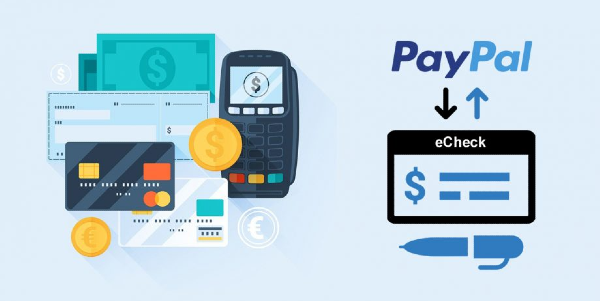





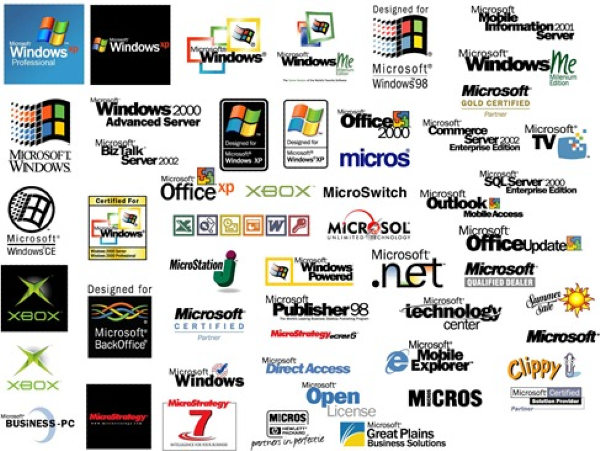


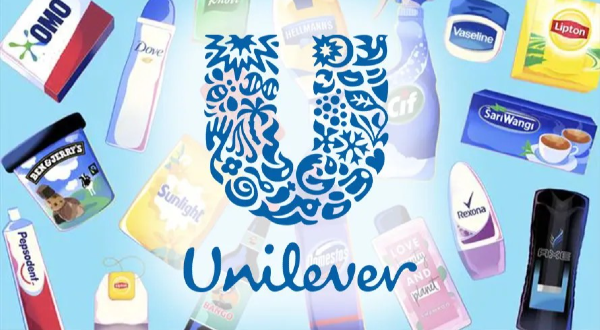


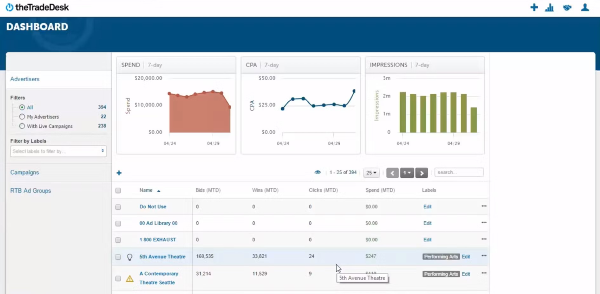
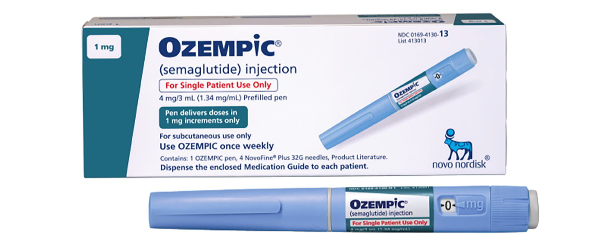

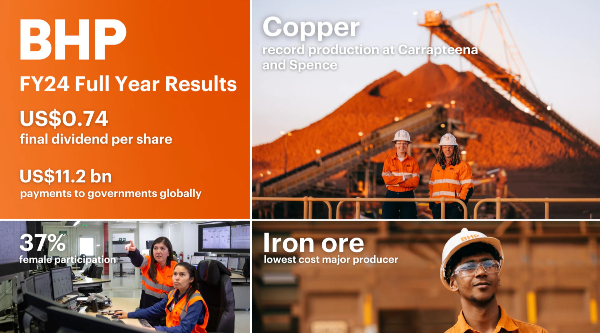
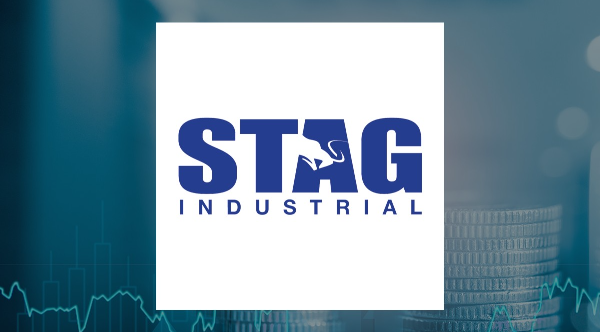


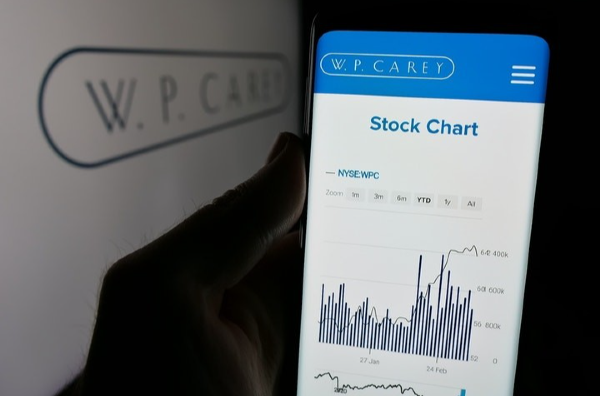

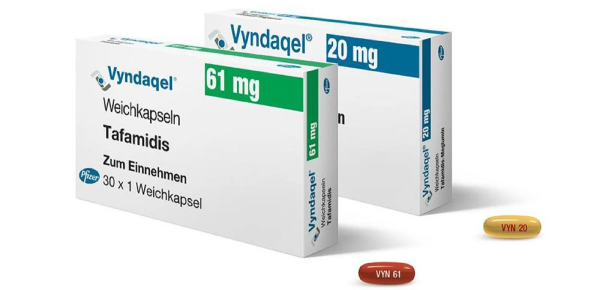








Are you on the hunt for a stock that aligns with a safe investing strategy but offers surprising opportunities? Let’s dive into PayPal Holdings Inc. (NASDAQ: PYPL), a company that has captivated the market’s attention for years. But beware—its potential lies not in what you might expect.
Why Market Reactions Create Opportunities
One of the remarkable aspects of PayPal is how market behavior can affect valuations. Investors often react impulsively to headlines, leading to overreactions and mispricing of assets. For patient investors, this is a golden opportunity to strike while the iron is hot.
Take PayPal's recent journey. As of now, the stock is trading at around $68 per share, compared to its peak of $295 in 2021. This steep decline could make some investors wary, but those who examine the numbers closely might find hidden value.
Key Metrics to Keep in Mind
Here’s a snapshot of PayPal's current metrics:
These figures alone provide a solid base for understanding the company's potential.
Revenue Growth: A Tale of Stability and Evolution
PayPal's revenue trajectory is one of the most interesting aspects for investors. Starting with $9.2 billion in 2015, the company grew steadily to reach $31.7 billion recently. Even during its peak at $295 per share in 2021, revenue stood at $27.5 billion—less than where it is today.
Although growth rates slowed significantly after years of double-digit increases, PayPal’s market position remains formidable. It's clear the company has matured, and this slow growth should not alarm long-term investors.
Profitability: A Mixed Yet Positive Picture
On the profitability front, PayPal's net income and profit margins show a steady upward trend over time. The company posted a net income of $4.1 billion, averaging a net profit margin of around 14.4%. While there have been some dips along the way, the company continues to demonstrate resilience in generating consistent profits.
Free Cash Flow and Debt Management: Strong Indicators
Free cash flow mirrors the trajectory of net profit, standing at $6.7 billion—a healthy sign for a mature business. What's even more impressive is PayPal's ability to manage debt effectively. With a debt-to-free cash flow ratio that allows the company to pay off obligations in less than three years, its financial position remains robust.
Why Market Reactions Create Opportunities
One of the remarkable aspects of PayPal is how market behavior can affect valuations. Investors often react impulsively to headlines, leading to overreactions and mispricing of assets. For patient investors, this is a golden opportunity to strike while the iron is hot.
Take PayPal's recent journey. As of now, the stock is trading at around $68 per share, compared to its peak of $295 in 2021. This steep decline could make some investors wary, but those who examine the numbers closely might find hidden value.
Key Metrics to Keep in Mind
Here’s a snapshot of PayPal's current metrics:
These figures alone provide a solid base for understanding the company's potential.
Revenue Growth: A Tale of Stability and Evolution
PayPal's revenue trajectory is one of the most interesting aspects for investors. Starting with $9.2 billion in 2015, the company grew steadily to reach $31.7 billion recently. Even during its peak at $295 per share in 2021, revenue stood at $27.5 billion—less than where it is today.
Although growth rates slowed significantly after years of double-digit increases, PayPal’s market position remains formidable. It's clear the company has matured, and this slow growth should not alarm long-term investors.
Profitability: A Mixed Yet Positive Picture
On the profitability front, PayPal's net income and profit margins show a steady upward trend over time. The company posted a net income of $4.1 billion, averaging a net profit margin of around 14.4%. While there have been some dips along the way, the company continues to demonstrate resilience in generating consistent profits.
Free Cash Flow and Debt Management: Strong Indicators
Free cash flow mirrors the trajectory of net profit, standing at $6.7 billion—a healthy sign for a mature business. What's even more impressive is PayPal's ability to manage debt effectively. With a debt-to-free cash flow ratio that allows the company to pay off obligations in less than three years, its financial position remains robust.
Shares Outstanding: A Key Driver for Shareholder Value
One of the most intriguing aspects of PayPal’s strategy lies in its shares outstanding policy. The company has been aggressively buying back shares, and this trend is adding significant value to existing shareholders.
In February 2025, the board approved an additional $15 billion in share repurchases, boosting the total program to $20 billion. This is on top of the $4.8 billion remaining from the 2022 share buyback commitment. Such dedication to reducing share count highlights PayPal’s commitment to returning value to shareholders. For instance, the company repurchased $6 billion worth of shares last year and plans to continue this trend for the next three years, allocating $6 billion annually.
This aggressive buyback strategy is more than just a numbers game—it’s a way to enhance earnings per share (EPS), giving investors a greater stake in the company without diluting shareholder value.
The Broader Implications of Share Repurchases
While share repurchase programs are often seen as a boon for investors, there are caveats to consider. For companies issuing more shares than they repurchase, there’s a risk of shareholder dilution unless the capital raised is used to generate high returns. However, PayPal’s commitment to buybacks demonstrates its financial strength and dedication to rewarding shareholders.
For the last five years, PayPal has reduced its share count by an average of 2.6% annually, with this figure climbing to 6.7% in the last two years. If the company continues this trend, even at a more conservative reduction rate of 3% annually, shareholders could see further upside.
Valuation and Potential Upside
PayPal’s ability to grow cash flows by 20% annually over the past five years is a testament to its operational efficiency. While revenue growth has slowed to around 6%, the company is becoming increasingly efficient, as evidenced by higher cash flow growth. By applying a conservative growth estimate of 6% and a 10% discount rate, the stock’s intrinsic value emerges at around $82.95 per share—reflecting a 20% upside.
If PayPal maintains its current share repurchase trajectory, the valuation could climb even higher, reaching approximately $90 per share, equating to a 31.9% upside in just three years.
Final Thoughts: Is PayPal a Safe Investment?
PayPal Holdings stands out as a mature, undervalued business that continues to innovate and reward its shareholders through strategic share repurchases. While the short-term price movements may remain unpredictable, the company’s robust financial position, cash flow efficiency, and disciplined buyback strategy suggest a promising long-term outlook.
For patient investors seeking a stable, growth-oriented company, PayPal represents a safe and compelling investment opportunity in today’s market landscape.
https://youtu.be/XWW2G2yESO0?si=rnEHay5-Ew6po9Kd